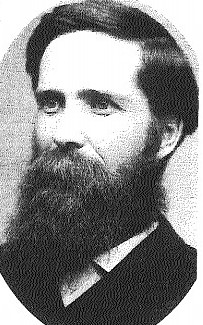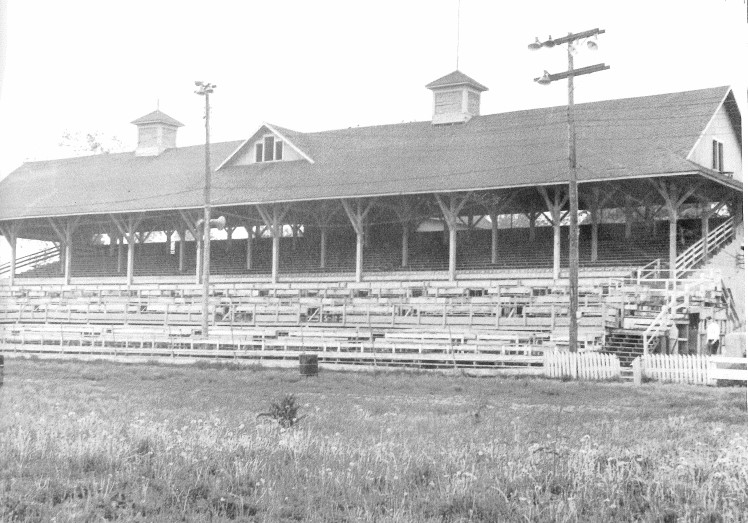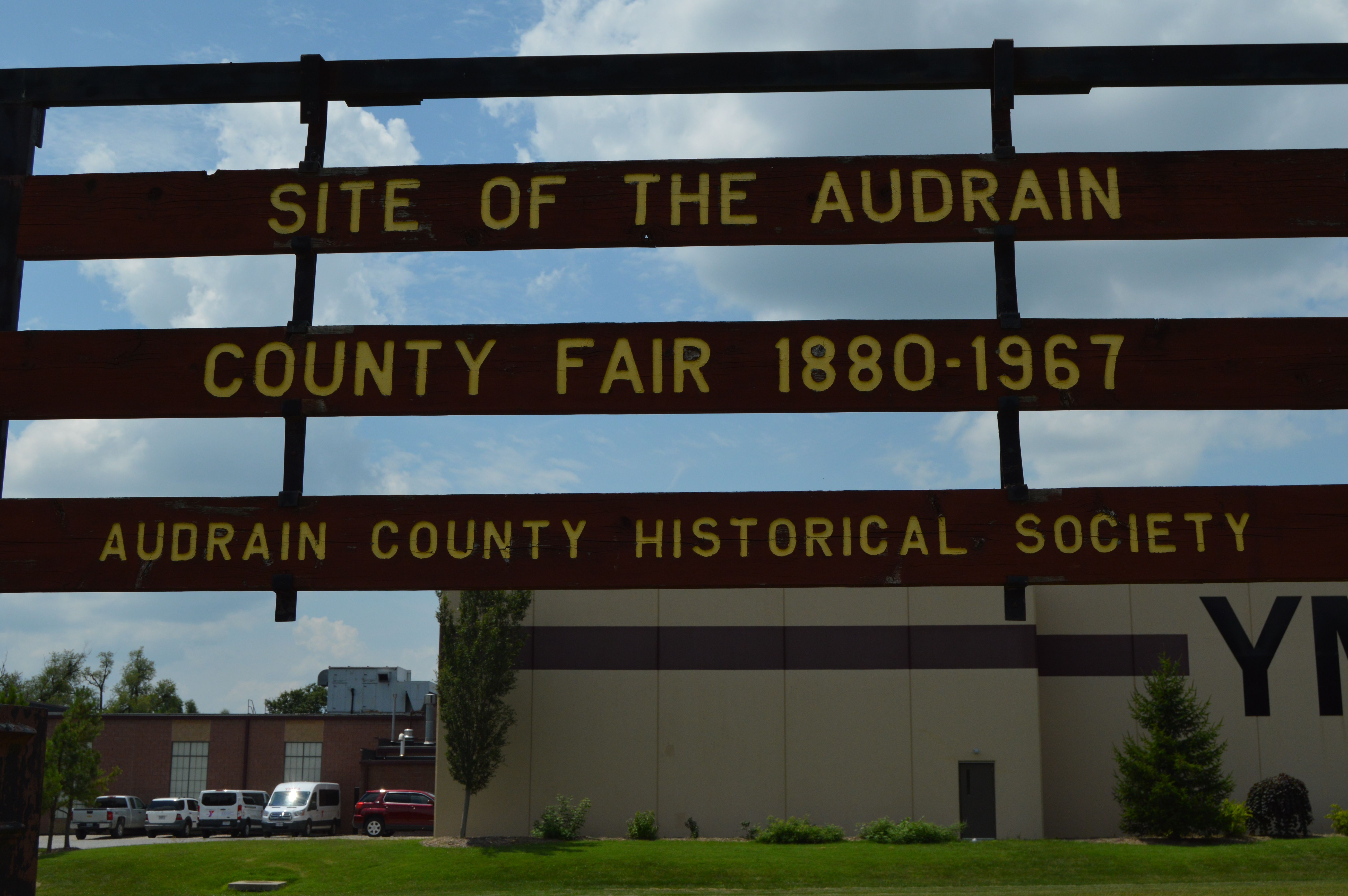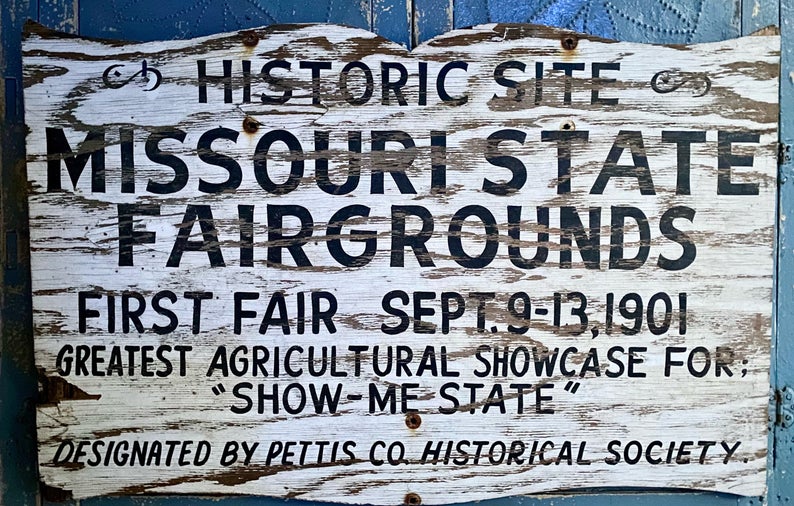Mexico’s Deep Ties To The Missouri State Fair
The date was January 5, 1899 when Missouri’s 29th Governor Lon Stephens addressed the Missouri General Assembly to propose a state fair.

Neighboring states already had state fairs and Stevens felt that it would improve agriculture in Missouri and that could translate into benefits for industry as well.
Missouri had attempted a state fair in prior years, in Boonville in 1853 that lasted 2 years, in Sedalia in the 1870s & 1880s but technically it was a local exhibition only, and the St. Louis Exposition started in 1856 but by the 1890s was in financial difficulty and board members were a quarrelsome bunch.
On January 23, 1899, Representative Cyrus F. Clark introduced House Bill 279 “to provide for the establishment of a state fair and to regulate the control and management thereof.” The bill was not overwhelmingly well received with many lawmakers complaining about the cost to the state’s treasury. Clark then introduced House Bill 280 providing a funding mechanism for the fair. House Bill 279 passed the House on April 5, 1899, the Senate on April 14th and Governor Stevens signed it April 19, 1899.

Cyrus Clark was born in Carroll County, New Hampshire November 17, 1847 and became a farmer and real estate dealer before being elected Director in the Southern Bank in Mexico, eventually becoming vice-president. He and D. H. Cauthorn established the real estate firm Clark & Cauthorn in 1901. Clark served as a city councilman in 1888 before being elected to represent Audrain County in the General Assembly from 1889-1890 and from 1899-1900 where he was chairman of the Ways and Means Committee. He died December 23, 1934 and is buried in Elmwood Cemetery.
Once the fair was approved, it was put under the State Board of Agriculture and an 18-man State Fair Board of Directors was chosen to pick a site for the fair. House Bill 279 stipulated that the fair be located in a rural area in the central part of the state, in a town easily accessible to exhibitors and visitors. At this point in Missouri history, communities wishing to be chosen for any state facility was required to donate the land for the facility and ensure that water, electricity, roads and sidewalks were sufficient for the site.
The Fair Board determined that towns vying for the fair would need to donate at least 100 acres and describe in their presentation the amenities they were offering. Six towns were selected by the board to visit to determine the best site: Centralia, Chillicothe, Marshall, Mexico, Moberly, and Sedalia.
Each town tried to outdo the others with what they were offering the state and in the friendliness, food, and drink it extended to the Directors on their visits.
Marshall offered 160 acres plus $20,000 for building the fairgrounds and promised streetcar service and electricity to the grounds.
Moberly, a town of 8,000 at the time, was home to the Wabash railroad shops and was on the Wabash, St. Louis, and Pacific railroad with connections to the Iowa and Minnesota railroad systems. They boasted miles of paved streets along with public water, telephone, and gas and electric lighting. Moberly brought residents in from Salisbury, Macon, Palmyra, and New Franklin to speak to the Directors on their behalf.
Chillicothe, county seat of Livingston County was already home to the State Industrial School for Girls and promised not only land but also $15,000. Directors were treated to a meal at the New York Store clubrooms, a demonstration by the fire department, and a band concert at Elm Park.
Centralia was the smallest of the six towns at just 1,700 people, but supporters argued that they were the closest to the University of Missouri College of Agriculture in Columbia, and they were a rail town at the intersection of the Chicago and Alton Railroad and the Wabash and Columbia Branch Railroad, Centralia did have electric service, but lacked other amenities. Their promise was 120 acres and $10,000. Directors were treated to a banquet at the Ringo Hotel but since Centralia supported temperance, no alcohol was served. Centralia would later contend that this issue played into them not being selected for the state fair.
Sedalia didn’t publicize much information about what they were offering, leading the other cities to believe that they weren’t much of a contender. Sedalia offered 160 acres that had been set aside in 1896 as the site for the proposed state capital and offered the use of the existing Liberty Park fairgrounds if needed. Water service and electric lighting were promised by the respective utilities and the streetcar company promised trolley lines and a percentage of the income from the line to the fairgrounds, estimated at $15,000 to $20,000 over a 10-year period.
Mexico, already home to a successful Audrain County Fair both pre- and post-Civil War, offered the state a 124-acre improved fairgrounds or 160 unimproved acres with the use of existing fairgrounds for 3 years.
The Audrain County Fair can trace it’s roots to the summer of 1860 when a group of citizens roped off a tenth-mile track at the end of East Promenade Street and prizes were given for the fastest horses. Wagering may have enhanced the spirit of the experience. The Civil War interrupted the fair until 1866 and when it resumed, it continued to grow and expand. By 1880, a larger site was needed and to that end, 20 acres at the west end of the Boulevard was purchased and a new half-mile track was constructed. It was replaced in 1891 with a more permanent half-mile oval track.
The World’s Fair in Chicago interrupted the fair in 1893, resuming the next year until World War I interrupted the fair in 1916, a lapse that lasted 20 years. This time the fair was resumed as a centennial celebration of Mexico’s founding. In 1937, the Audrain County Fair Association bought the 40-acre fairgrounds for $10,000 and began refurbishing the buildings on the grounds, including the 1,400 seat grandstand built in 1910.

10 additional acres were purchased in 1944 to accommodate parking for the growing fair.
Crowds during Fair Week, always in August right before the State Fair, ranged from 20 to 50 thousand people during the heyday of the fair in the 1940s & 1950s. However, financial issues plagued the fair over the years and ultimately, the 77th fair in 1967 would be the last as the debt had climbed to $75,000.
The fair was officially over and the fair board decided to sell off the land to settle their debts.
In 1968, Mexico Public Schools purchased 20 acres for a new middle school and the City of Mexico, with federal help, purchased the other 30 acres for recreational use.
In January, 1972, and arsonist set fire to the grandstand reducing it to ashes and the following May, another fire at one of the barns left on the property destroyed the barn and killed five horses being stabled.

The 18 Directors charged with picking a State Fair site returned to Jefferson City on June 3, 1899 accompanied by a brass band from Mexico that played at every stop. Voting lasted until the early morning hours and when a city finally received a majority after 10 votes, Sedalia came out on top.
Almost immediately, the 5 spurned cities cried foul, intimating that something was amiss in the decision-making process. The Mexico Intelligencer went so far as to say “While we are somewhat curious as to how you turned the trick, we will ask you no embarrassing questions.” These feelings resurfaced when the deed for the property Sedalia offered was found to be faulty. While the abstract issue was being fixed, the other contenders continued their complaints but the directors were not budging on their selection of Sedalia.
Funding became an issue when livestock breeding associations in the state that had pledged money for the fair didn’t come close to meeting their estimated offers.
Ultimately, after much debate and the state treasury replenished after the state won a lawsuit, Governor Dockery signed the appropriations bill in April of 1901 that allowed surveyor T. O. Stanley to view the site to pick a location for the racetrack, Kansas City landscape architect George Kessler to draw a bird’s-eye view of the grounds and Sedalia architect to design 21 buildings, estimated to cost $284,450.

The 120th Missouri State Fair opens today in Sedalia.